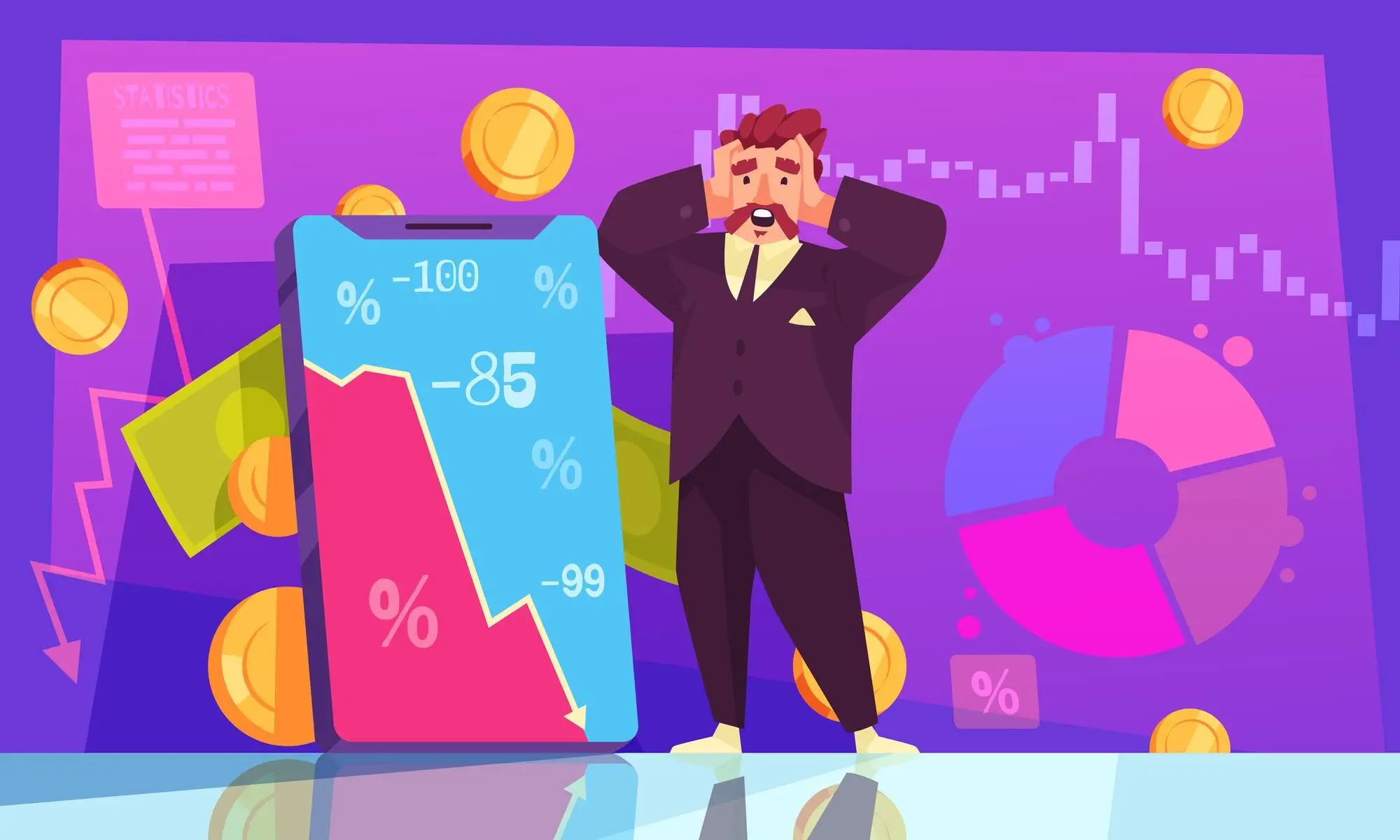Microfinance organizations (MFOs) play an important role in the modern financial landscape, providing access to loans for those who cannot obtain them from traditional banks. However, with the growing popularity of these services, the number of fraud cases has also increased. Understanding how MFOs work and what fraud schemes scammers may use is the key to protecting your finances.
How Microfinance Organizations Work
Microfinance organizations provide short-term loans with minimal requirements for borrowers. This makes them particularly attractive to people with a bad credit history or those in urgent need of funds. The typical process for obtaining a loan from an MFO includes:
- Application: A simple online form where you need to provide personal information, the loan amount, and the term.
- Data Verification: MFOs conduct minimal credit checks, which speeds up the process.
- Approval and Loan Issuance: Money is transferred to the borrower's account within a few hours or days.
However, it is the simplicity and speed of obtaining a microloan that makes MFOs an attractive target for scammers.
Main Fraud Schemes with Microfinance Organizations
Scammers use various methods to deceive borrowers or the MFOs themselves. Let's look at some common schemes:
1. Fake Microfinance Organizations
Scammers create fake websites that look like legitimate MFOs. These sites often mimic the design of well-known microfinance organizations to gain users' trust. The goal of such sites is to collect your personal data and money.
How to Protect Yourself:
- Check for a license. A genuine MFO must be registered in the state registry.
- Look for reviews and ratings online. Real organizations usually have many reviews.
- Be cautious with sites that do not use a secure connection (without "https").
2. Advance Fee Fraud
You are offered a loan but are required to make an upfront payment for application processing or insurance. After receiving the advance payment, the scammers disappear.
How to Protect Yourself:
- Genuine MFOs do not require upfront payments. All fees should be deducted from the loan amount.
- Compare terms with other organizations. If the terms seem too good to be true, it might be a trap.
3. Using Your Data
Once scammers obtain your data, they can use it to arrange loans in your name, leaving you with debts.
How to Protect Yourself:
- Never provide personal data on unverified websites.
- Regularly check your credit history for unexpected loans.
How to Avoid Fraud: Recommendations and Tips
Verifying the Legitimacy of a Microfinance Organization
Verifying the legitimacy of an MFO is the first step in protecting against fraud. Here's how to do it:
- License Check: On the website of your region's Central Bank, you can find a list of licensed MFOs.
- Contact Information: Legitimate organizations provide full contact details, including the office address.
- Public Reviews: Looking for reviews of the company can help identify suspicious organizations.
Careful Review of Loan Terms
Before signing a contract, carefully study all the terms. Pay attention to:
- Interest Rates: Ensure the rate is in line with the market.
- Hidden Fees: Sometimes terms include fees that were not disclosed in advance.
- Repayment Terms: Find out what happens in case of late payment.
Protection of Personal Data
Protecting personal data is an important aspect of security. Here are some tips:
- Use Antivirus Programs and regularly update them.
- Do Not Leave Data on Public Computers.
- Check Website URLs: make sure you are on the company's official website.
Using Credit Scores
Regular monitoring of your credit score can help identify unauthorized loans. Credit history check platforms often offer alerts for any changes.
What to Do If You Become a Victim of Fraud
If you become a victim of fraud, it is important to act quickly:
- Contact Your Financial Institution: Report the fraud and block accounts if necessary.
- File a Police Report: This can help in conducting an investigation and preventing further crimes.
- Contact the Credit Bureau: Check your credit history and dispute unauthorized loans.
Conclusion
Fraud with microfinance organizations is a serious problem that anyone can face. However, by arming yourself with knowledge and following the provided recommendations, you can effectively protect your finances and avoid scammers' traps. Remember, the security of your finances starts with awareness and caution.
